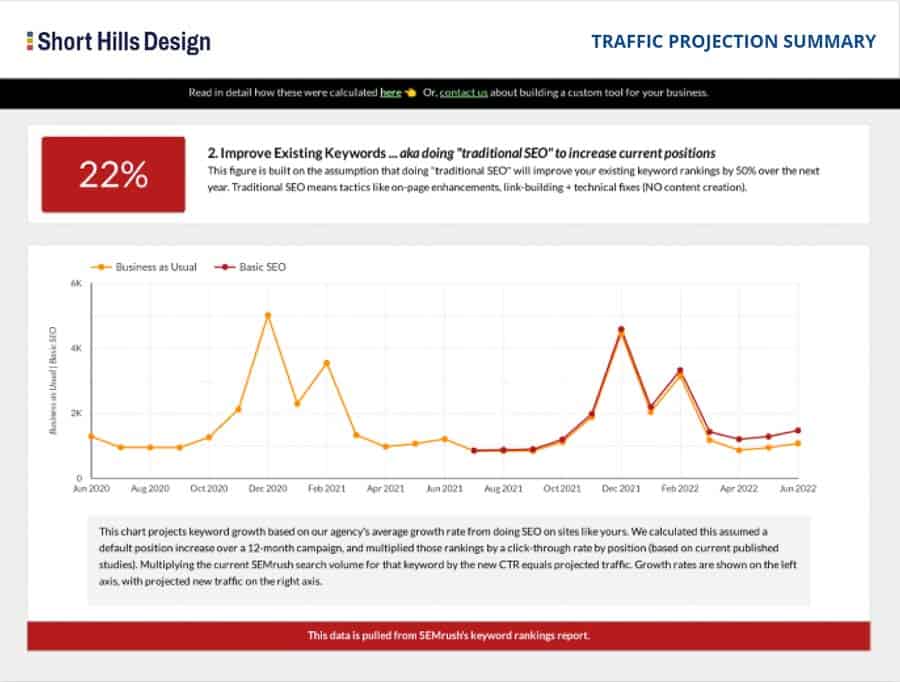There's no doubt that the next wave of user interaction on the Internet is via video content. And while not all aspects of a dental or medical website should have videos, there are some excellent uses for video content on your website. Personally, I believe that videos should be used strategically and judiciously; if potential new patients are overwhelmed with disorganized video content, then they may leave your site and go elsewhere.
One of my recommendations is to always try to make your video content in line with the subject of your page text. So if you have a welcome video from the doctor, then put that on the home page or on the doctor's bio page. Similarly, if you have an office tour, video, put it on the office tour or the "about the office" page. But please do NOT put all of the videos on the home page; remember, your website needs to eschew professionalism, expertise and trust, and I worry that too many videos on a page -- especially on the home page, will make certain patients -- especially older patients who are less comfortable with the Internet - uncomfortable. Remember, not everyone has the Flash or Quicktime plugin (remember Mac's no longer ship with Flash by default) and Quicktime can be a pain in the neck to install. You don't want patients thinking that they are missing out on important content because they can't access the videos.
Along those lines I always preach that the most critical content on your website should be in the most accessible form -- text. Remember, people of all technical levels, on varied computers and now mobile devices and tablets will be accessing your site. The last thing you want to do is alienate any of these demographics because you put critical content in an inaccessible format. So one of the best ways to make your dental website videos work "overtime" for you is to.....transcribe them.
1) It allows users who cannot access the video (or who don't want to access the video) to read the text and still participate and benefit from your content. It also allows patients who are hard of hearing to also share in the content, and it really shows that you care about these patients by making the content accessible for them, too.
2) It allows search engines to "read" the video. Remember, search engines can see the titles and descriptions of your videos, but they cannot (yet) understand the information that's in the video. By having a transcription, you allow the search engine to "read" your video as it would "read" normal text. This is free content-building, and hence FREE SEO.
3) It allows non-native speakers to access your video content. So while your videos may still be in English, for example, your visitors can easily translate the video text into their language of choice and still follow along and be a part of what you are presenting.
So go ahead and start transcribing your videos and see how your website traffic rises. In order to really impress yourself, take a look at the traffic stats for the pages where you have videos from before you add the transcription so you can go back later and see the traffic increase. Good luck!

